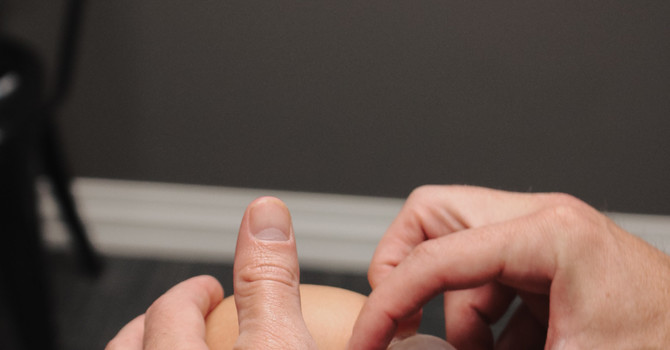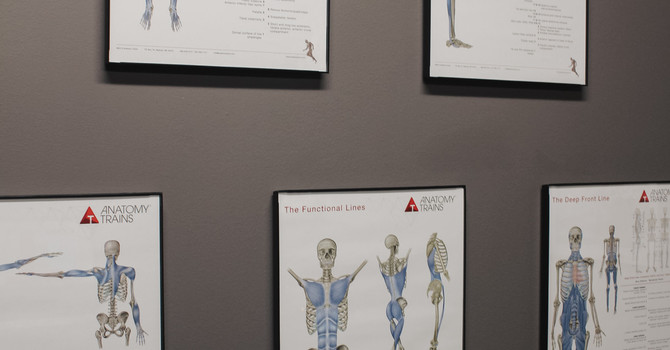
Understanding Sciatica Pain
Sciatica pain, which affects the sciatic nerve that runs from the lower back down through the hips and legs, can be excruciating and debilitating. It can range from a mild ache to sharp, shooting pain that limits mobility. Often caused by herniated discs, bone spurs, or muscle spasms, sciatica can lead to discomfort in the lower back, hips, and legs, sometimes making even simple movements difficult. While traditional treatments may focus on pain management, chiropractic care offers a more comprehensive approach to addressing the root cause of sciatica.
The Role of Chiropractic Adjustments in Sciatica Relief
Chiropractic care, especially through spinal adjustments, can be highly effective for relieving sciatica. Misalignments in the spine, particularly in the lower back, can put pressure on the sciatic nerve, leading to pain and discomfort. Chiropractic adjustments focus on realigning the spine, reducing nerve pressure, and restoring proper motion to the affected area. These adjustments not only offer pain relief but also help restore function and mobility.
At Ascend Chiropractic, our team, including Dr. Brian Bayer and Dr. Rob Lane, uses Active Release Technique (ART) to treat sciatica. ART is a hands-on, soft tissue technique that targets adhesions in muscles and tendons that may be contributing to nerve compression. These adhesions can form around the muscles, tendons, and fascia, tightening up and pulling on the sciatic nerve. ART breaks down these adhesions, helping to release the tension and alleviate pain. Dr. Rob Lane, who specializes in sports rehabilitation, uses ART to treat not only athletes but also anyone experiencing sciatica due to posture, muscle imbalances, or injury.
Combining Chiropractic Adjustments with Stretching and Rehabilitation
Chiropractic care is not just about pain relief—it's about addressing the cause of the problem to prevent future issues. Dr. Gabe Rahn, who specializes in lymphatic drainage and cupping, uses techniques that target the soft tissue and help improve circulation, which promotes healing in the affected area. Dr. Olivia Bayer also incorporates dry needling and acupuncture into treatment plans, especially for those whose sciatica is linked to muscle tightness.
In addition to adjustments, we focus on rehabilitating the muscles and improving flexibility through specific stretches and strengthening exercises. This holistic approach to treating sciatica helps patients recover faster, reduce the chance of future flare-ups, and improve their overall mobility.
Preventing Sciatica with Chiropractic Care
One of the key benefits of chiropractic care for sciatica is prevention. Once the pressure on the sciatic nerve is alleviated, maintaining spinal health through regular adjustments and proper posture is essential to keeping the pain at bay. Our chiropractors at Ascend Chiropractic work with you to develop a personalized plan to prevent sciatica, including recommendations on stretching, strengthening exercises, and posture correction.





